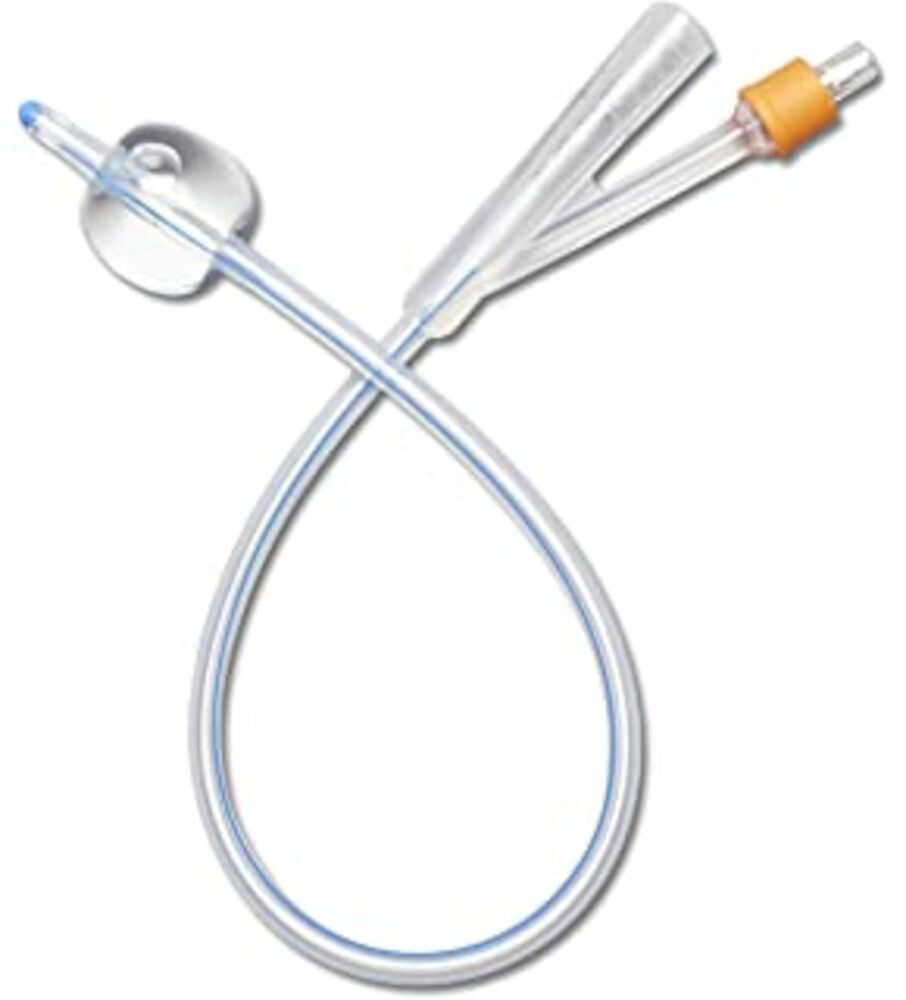|
Indications for Indwelling Catheters (IUC) Let’s now discuss the indications for indwelling urinary catheters (or IUCs) in more depth. An indwelling catheter is one that is inserted through the urethra and has a balloon to hold it in place. This allows for the passive and continuous drainage of urine. Indwelling catheters can be used for the short- or long-term, with short-term use intended to be less than 30 days. If it is needed for more than 30 days, it is considered long-term. This may be necessary when other methods are not practical or effective enough to manage urinary incontinence and retention.
Indications include severe obstruction of urine outflow or retention, in cases of non-healing pressure ulcers in incontinency, perioperative uses, the need for continuous bladder irrigation and testing of output, lower urinary tract imaging, and urodynamic testing. IUCs may also be indicated to provide comfort for terminally ill and hospice patients.
These catheters may be medically necessary if there is a short-term need of up to two weeks, as in cases of a sudden and complete inability to void, the need for immediate/rapid bladder decompression, to monitor intake and output, or as a short-term use after a surgical procedure (urologic or gynecologic). Other indicators include temporary relief of bladder obstruction related to an enlarged prostate gland, urethral stricture, or pelvic organ prolapse that obstructs flow. In cases where a caregiver is not able or present to provide incontinence care, presence of non-healing pressure ulcers due to urinary leakage, or irreversible conditions, such as end stages of diseases, coma, or others.4
Contraindications for Indwelling Catheters (IUC) Long-term indwelling catheters for up to three months may be changed according to individualized needs. Indications may include obstruction (encrustation or mucus), leakage around the catheter, or symptomatic infection. While there may be an indication for extending the use of an indwelling catheter in some patients, such as hip fractures in older patients, it can be associated with a higher rate of re-hospitalization for infections and mortality at 30 days compared to those whose catheter was removed at hospital discharge. In the hospital, catheters in place for more than 7-10 days have led to bacteriuria in 50% of patients. Between 20-30% of patients with bacteriuria will develop a Catheter-Associated Urinary Tract Infections (or CAUTI).
However, not all indwelling urinary catheters are used appropriately. While they are commonly used, up to 20% of them may be getting used without medical indication, and up to 38% may lack any justification. In addition, indwelling catheters may remain in place longer than can be justified – from 30 to 50% longer. Finally, it has been documented that indwelling catheters may remain in place even without the physician’s knowledge. Recommendations suggest the need to educate clinicians to avoid routine use, in favor of clear indications for the use and duration of indwelling catheters. IUCs are generally not appropriate for urinary incontinence alone or with dermatitis, prolonged use without adequate indications, caregiver convenience, or obtaining a culture when a patient can void. Contraindications may include urethral trauma, known or suspected untreated bladder cancer, priaprism (persistent and painful penile erection), and undiagnosed hematuria. |



